Table of Contents
Introduction
From the dawn of Earth’s existence, the sea levels have been a testament to its ever-evolving nature. Continents have shifted, ice ages have come and gone, and in each chapter of the planet’s history, the oceans have risen and fallen in response to various natural phenomena. Throughout these millennia, sea levels have reflected a dynamic interplay between Earth’s geological processes and its climatic patterns.
However, recent times have witnessed a change not just in the rhythm but also in the causative factors influencing these levels. The current era, characterized by rapid technological advancements and industrialization, has ushered in the pressing concern of global climate change. This change isn’t just a buzzword; it’s a reality that intertwines with various facets of our daily lives.
One of the most evident markers of global climate change is the accelerated rate at which our oceans are rising. Unlike the gradual shifts of the past, today’s rising oceans are a direct result of human activities. Excessive burning of fossil fuels, rampant deforestation, and unchecked emissions have exacerbated the greenhouse effect. This, in turn, has led to global temperature rises, causing polar ice caps to melt at unprecedented rates and adding voluminous amounts of water to our oceans.

As we stand on the precipice of the 22nd century, the implications of such a swift and dramatic rise in sea levels become increasingly pressing. Coastal cities face threats of inundation, ecological systems like mangroves are at risk, and low-lying nations grapple with the reality of potential displacement. The interconnectedness of these challenges underlines the dire need for understanding. It’s not just about acknowledging the issue; it’s about grasping the profound consequences that await us and future generations.
Preparing for the future requires not just mitigation but also education. Recognizing the scale and scope of the impacts of rising sea levels is the first step towards formulating strategies to combat them. As we continue our journey through time, understanding and action will be our most crucial allies against this rising tide.
What the IPCC Predicts
About IPCC
In the intricate tapestry of organizations that navigate the complex challenges of our modern world, the Intergovernmental Panel on Climate Change (IPCC) stands out as a beacon of authority, especially when it comes to climate change. This body isn’t just another addition to the growing list of international organizations; it plays a pivotal role in shaping global understanding and response to the pressing issue of climate change.
Founded with a distinct purpose, the IPCC was conceptualized as a nexus between the scientific community and policymakers worldwide. Its primary mandate isn’t limited to just the dissemination of information. Instead, it aims to provide objective, reliable, and comprehensive data and insights about the multifaceted nature of climate change. Such an approach ensures that the information reaching policymakers is devoid of biases, enabling them to make informed decisions.
Diving deeper into the nuances of climate change reveals a landscape that is more intricate than it appears on the surface. Beyond the evident natural ramifications such as rising temperatures, melting glaciers, and shifting weather patterns, climate change casts shadows on political landscapes and economic structures. Recognizing the interconnectedness of these elements, the IPCC’s assessments delve into the political implications, economic risks, and potential socio-economic impacts that arise due to our changing climate. Such a holistic overview is instrumental in equipping nations and organizations to anticipate and respond effectively to emerging challenges.

Moreover, the role of the IPCC isn’t merely diagnostic. It actively explores potential response options, creating pathways for adaptation, mitigation, and sustainable development. By doing so, it not only highlights the problems but also sheds light on potential solutions, bridging the gap between awareness and actionable change.
In summary, the IPCC isn’t just an organization; it’s an embodiment of global collaboration and commitment to addressing one of the most significant challenges of our era. Through its rigorous assessments and recommendations, it provides the world with the tools and knowledge needed to shape a sustainable and resilient future.
Projected Sea Level Rise
The Intergovernmental Panel on Climate Change (IPCC), a preeminent global authority on climate dynamics, has sounded the alarm about the future state of our planet’s sea levels. Their forecast is both compelling and concerning: a rise in global sea levels of around one metre by the time we reach AD 2100. This isn’t a prediction pulled from thin air or based on mere speculation. It is grounded in rigorous analysis and methodical study.

The underpinnings of this projection are vast. The IPCC’s estimate is a culmination of years of diligent research, the utilization of advanced scientific models, and a deep dive into climate data spanning numerous decades. These tools and datasets, when synthesized, provide a coherent narrative of how our planet is reacting to changing climatic conditions. The anticipated one-metre rise isn’t just a number; it’s a testament to the evolving dynamics of our planet under the influence of human-induced climate change.
In essence, the IPCC’s warning is a clarion call to the global community. It underscores the pressing need for concerted efforts, both in understanding the ramifications of such a rise and in taking proactive steps to mitigate its impact.
Why the Seas are Rising
Melting Glaciers and Polar Ice
The intricate balance of our planet’s ecosystem is manifestly evident in the state of glaciers and polar ice caps. These colossal formations of compacted snow, frozen over millennia, play a crucial role in determining global sea levels. A growing concern in the realm of climate science is the accelerated melting of these icy giants.
As global temperatures continue on an upward trajectory, the effects are most pronounced in the polar regions. Areas like Greenland and Antarctica, home to vast expanses of ice, are feeling the heat more than ever. It’s not just about ice turning to water; it’s about the sheer volume being added to the world’s oceans. These vast ice repositories, once seen as almost eternal in their resilience, are now increasingly vulnerable.
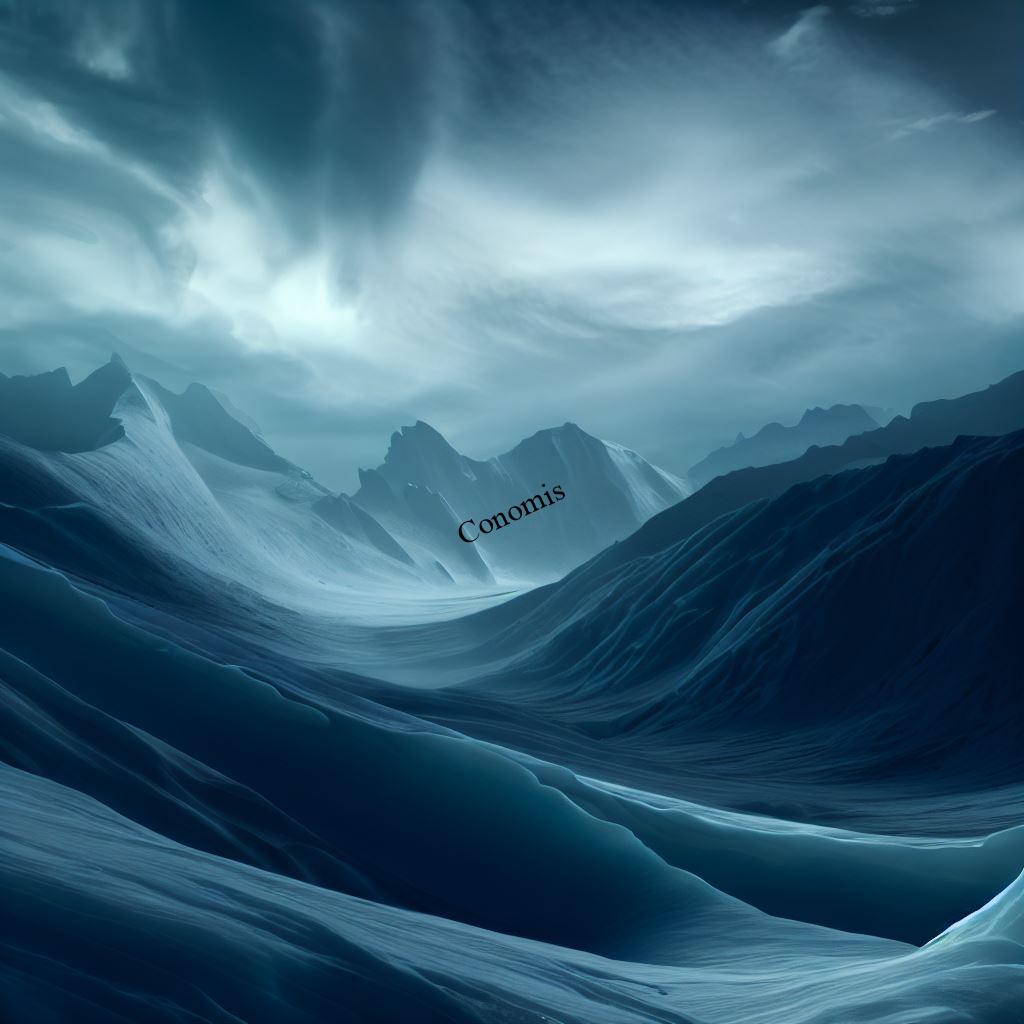
The process is cyclical: higher temperatures lead to melting ice, which then raises sea levels, further amplifying global warming effects. This cycle underscores the interconnected nature of our planet’s ecosystems.
In essence, the state of glaciers and polar ice caps isn’t merely a distant phenomenon isolated to the poles. It’s a global concern, indicative of the larger shifts occurring due to climate change, and a potent reminder of the pressing need for sustainable interventions.
Expansion of Warmer Oceans
At the heart of many natural processes lies a simple, yet profound principle: substances, including water, change their volume with temperature. It’s a principle we might recall from basic science lessons, but its implications on a planetary scale are profound. As Earth grapples with mounting global temperatures, our vast oceans bear witness to this fundamental phenomenon: thermal expansion.
As the Earth’s thermostat inches upwards, the oceans absorb much of this excess heat. This isn’t just about the waters feeling a tad warmer during a summer swim; it’s about a significant and wide-ranging expansion of the entire oceanic volume. When water heats up, its molecules move faster and occupy more space, leading to an increase in the volume of seawater.

Though it might seem like a minute and almost negligible expansion at the molecular level, when scaled up to the enormity of our oceans, the cumulative effect is staggering. This thermal expansion acts as a significant driver for the rising sea levels we’re witnessing today.
In sum, while melting ice caps and glaciers are often spotlighted in discussions about rising sea levels, the thermal expansion of our oceans is an equally critical piece of the puzzle. It’s a stark reminder of how interconnected and sensitive our planet’s systems are in the face of global warming.
Impacts on the World
Ecological Consequences
The vast tapestry of life on Earth is intricately woven with threads of varied ecosystems, each playing a crucial role in maintaining ecological balance. However, the looming threat of rising sea levels, driven by global climate change, threatens to unravel this delicate weave, bringing forth far-reaching ecological consequences.
At the forefront of these ecological impacts is the loss of habitat, a concern not just restricted to a specific set of species but encompassing a wide spectrum of flora and fauna. Habitats aren’t mere shelters; they’re crucibles of evolution, sources of food, breeding grounds, and sanctuaries that offer protection from predators. The encroaching seawater, with its salinity and altered temperature, can drastically change the landscape of these habitats, making them uninhabitable for many species.
Coastal ecosystems, with their unique blend of terrestrial and marine life, are particularly vulnerable. Among these, mangroves stand out. These intertidal forests, with their tangled roots and dense canopies, are not only a refuge for a myriad of species but also act as vital buffers against coastal erosion and storm surges. The loss of mangroves due to rising sea levels could spell doom for countless species that rely on these habitats for their very survival. From tiny crustaceans to majestic birds, the ripple effect of such a loss would reverberate through the food chain.

Moreover, the human dimension cannot be overlooked. Coastal communities, which often rely on these ecosystems for livelihoods, cultural practices, and sustenance, will find their way of life threatened. The intertwining of human and natural ecosystems accentuates the compound challenges these communities would face.
In summary, the ecological consequences of rising sea levels go beyond mere statistics and forecasts. They touch upon the very fabric of life on Earth. Protecting and preserving these habitats isn’t just an ecological imperative; it’s a testament to our responsibility as stewards of this planet.
Economic Impacts
In the vast mosaic of global economies, coastal cities shine as vibrant hubs of commerce, culture, and innovation. Their strategic locations have historically made them central to trade and connectivity. Yet, these bustling metropolises, which contribute significantly to the global GDP, now find themselves on the frontline of a looming crisis – the rising sea levels. The impending economic ramifications of this rise are both vast and multifaceted.
At a rudimentary level, one might imagine the obvious consequences: properties submerged, infrastructure damaged, and public spaces inundated. However, the economic repercussions run much deeper. Regular and more frequent flooding, a direct result of rising sea levels, doesn’t just mean immediate repair costs. It also translates to higher insurance premiums for homeowners and businesses, making living and operating in these regions increasingly expensive.
Beyond the tangible assets, the threat to freshwater supplies adds another layer of economic strain. Coastal aquifers, vital sources of drinking water for many cities, are at risk of saltwater intrusion. This not only jeopardizes the water supply but also forces cities to invest in expensive desalination and water treatment processes, further straining public resources.

Moreover, the very character of these cities, with their bustling waterfronts, ports, and tourist hotspots, faces an existential threat. Tourism, a significant revenue generator for many coastal cities, could suffer immensely. Imagine Venice without its canals or Miami without its beaches!
The ripple effects of these changes won’t remain confined to the coasts either. Global supply chains, many of which pivot around ports in these coastal cities, could face disruptions, leading to economic repercussions on a global scale.
In essence, the billions at stake due to rising sea levels represent not just immediate repair costs but a fundamental reshaping of global economic dynamics. Recognizing and mitigating these economic risks is not just a coastal concern; it’s a global imperative.
Societal Challenges
At the intersection of rising sea levels and human civilization lies a profound challenge: displacement. This isn’t just about the physical act of moving; it delves deep into the fabric of communities, cultures, and identities. Coastal areas, home to millions, are more than just geographical locations; they’re tapestries of memories, traditions, and histories. But as the waters rise, the threat of erasure becomes increasingly palpable.
Displacement forces communities to confront daunting uncertainties. Where do they move? How do they rebuild their lives? More importantly, how do they preserve their cultural and societal identities in new, unfamiliar terrains? But the challenges don’t stop at resettlement. As these communities seek refuge in inland areas, the potential for conflicts escalates. Land, water, and other resources, already under strain in many regions, become flashpoints of contention.
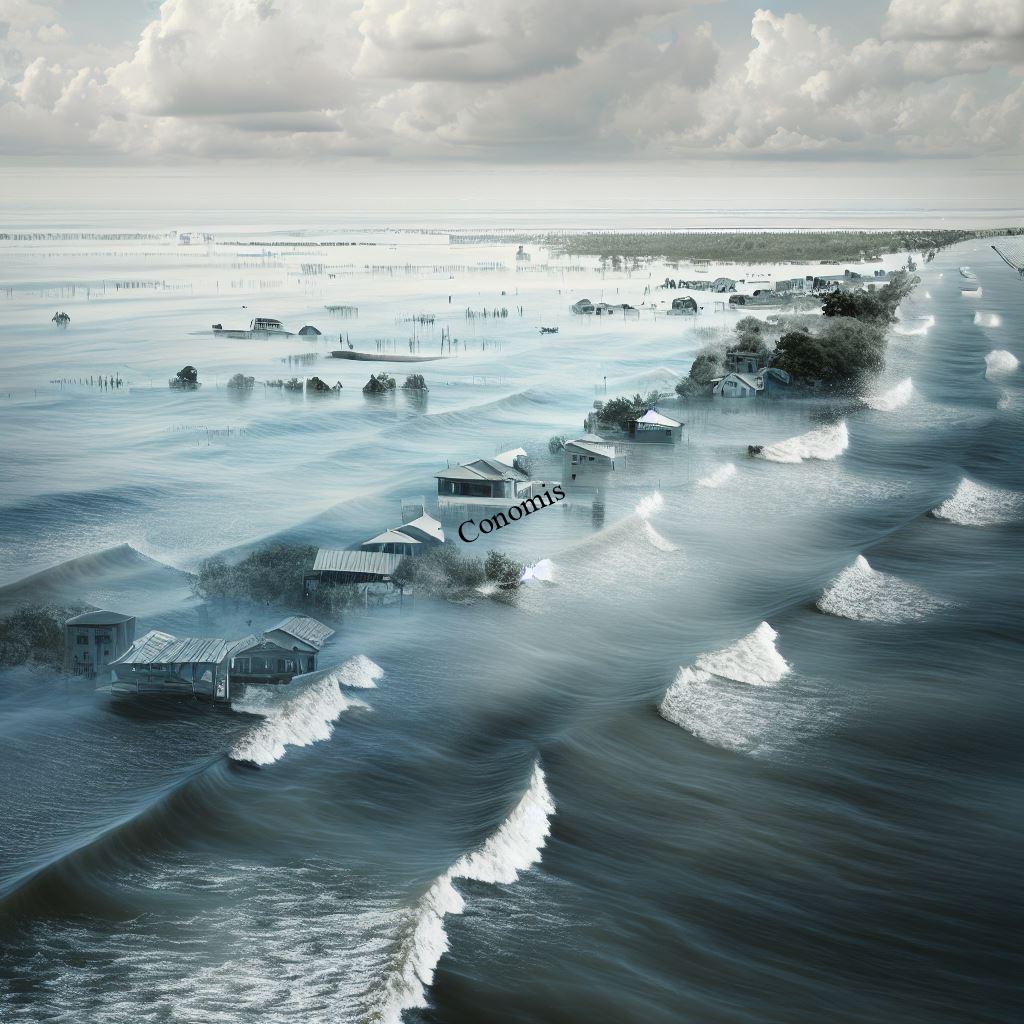
The societal challenges are further compounded when viewed through the lens of equity and justice. Often, those most vulnerable to displacement lack the resources or means to relocate and rebuild. Moreover, traditional land rights, especially in indigenous communities, may not always be recognized, leading to further marginalization.
In essence, the societal challenges posed by rising sea levels are multifaceted, transcending mere geography. They touch upon the very essence of human resilience, adaptability, and our collective ability to coexist harmoniously in a changing world.
Countries Most Vulnerable
Small Island Nations
The image of an idyllic island, with its pristine beaches and azure waters, often evokes thoughts of paradise. Yet, for nations like Maldives, Tuvalu, and Kiribati, these picturesque landscapes are overshadowed by an impending cataclysmic reality. Positioned only meters above sea level, these small island nations stand on the brink of an unprecedented crisis: complete submergence due to rising sea levels.
For these countries, it’s not just about the loss of land. It’s a potential erasure of their nationhood, culture, history, and identity. The gravity of this situation is profound; entire nations, with their sovereignty and distinct cultural legacies, face the risk of becoming mere footnotes in history books.

This existential threat extends beyond just the physical realm. How does a nation preserve its cultural and societal heritage when its very land is under threat? Where do its citizens find refuge? And what happens to a country’s political status and international rights if its territory vanishes?
In the grand tapestry of global climate change, the plight of small island nations offers a poignant reminder of the tangible and immediate consequences of our actions. These nations, often with minimal contributions to global carbon emissions, bear the brunt of a challenge that threatens to redefine the very notion of nationhood.
Coastal Cities
Skylines dotted with towering skyscrapers, bustling streets echoing with myriad languages, and harbors teeming with ships – cities like New York, Mumbai, and Bangkok epitomize the pulsating energy of urban life. Yet, beneath this vibrant facade, these coastal metropolises grapple with a looming specter: the advancing tide. As sea levels rise, these cities confront not only the immediate threats of inundation but a cascade of associated challenges.
At first glance, the concerns seem infrastructural: submerged subway systems, eroding waterfronts, and compromised drainage. However, delve deeper, and the human dimension emerges. Behind every flooded street lies a story – a local business grappling with losses, a family evacuating their ancestral home, or a daily commuter navigating waterlogged routes.
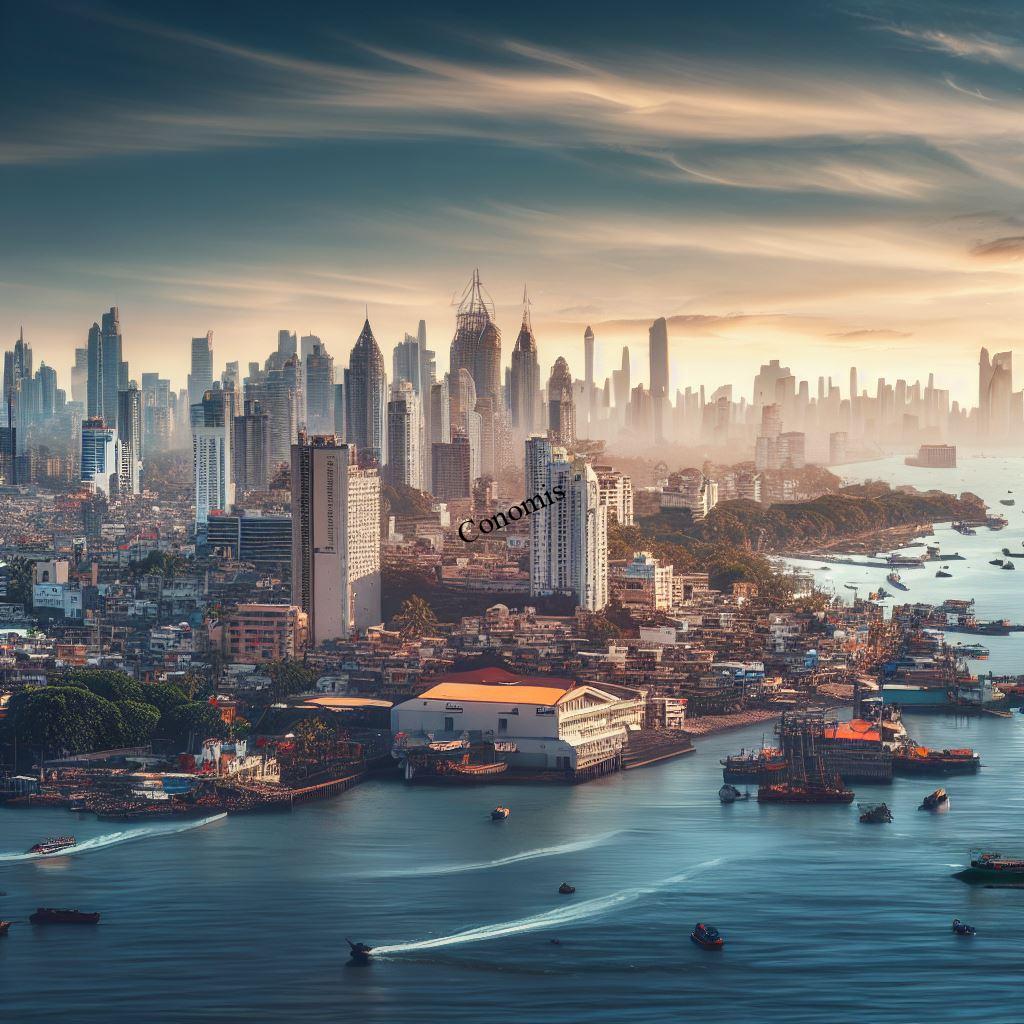
The sheer scale of populations in these cities magnifies the challenge. It’s not just about relocating structures; it’s about reshaping lives, livelihoods, and entire communities. Each flooding event, no longer deemed ‘exceptional’, disrupts routines, exacerbates inequalities, and challenges the resilience of the city’s denizens.
In essence, while coastal cities might symbolize human ingenuity and progress, the rising sea levels challenge these very notions. For millions, it’s a daily confrontation with nature’s might, questioning the sustainability and future of their urban havens.
Mitigation and Adaptation
Building Resilient Infrastructures
In the face of the relentless advance of rising seas, humanity’s innate drive to innovate and adapt takes center stage. Across the globe, nations are no longer just contemplating the threat; they are actively devising and implementing solutions to ensure that their landscapes and communities remain tenable. The spotlight now is on building resilient infrastructures tailored to address this pressing challenge.
Sea walls, once considered the last line of defense, are now being reimagined and integrated into urban designs. Cities are investing in robust and higher barriers, not merely as obstructions but as blends of functionality and aesthetics, ensuring the shorelines remain protected while adding value to urban landscapes.
The idea of floating cities, once the domain of science fiction, is gaining traction. Countries are exploring the feasibility of buoyant urban areas, harnessing the very force that threatens them – water – to create livable, sustainable spaces.
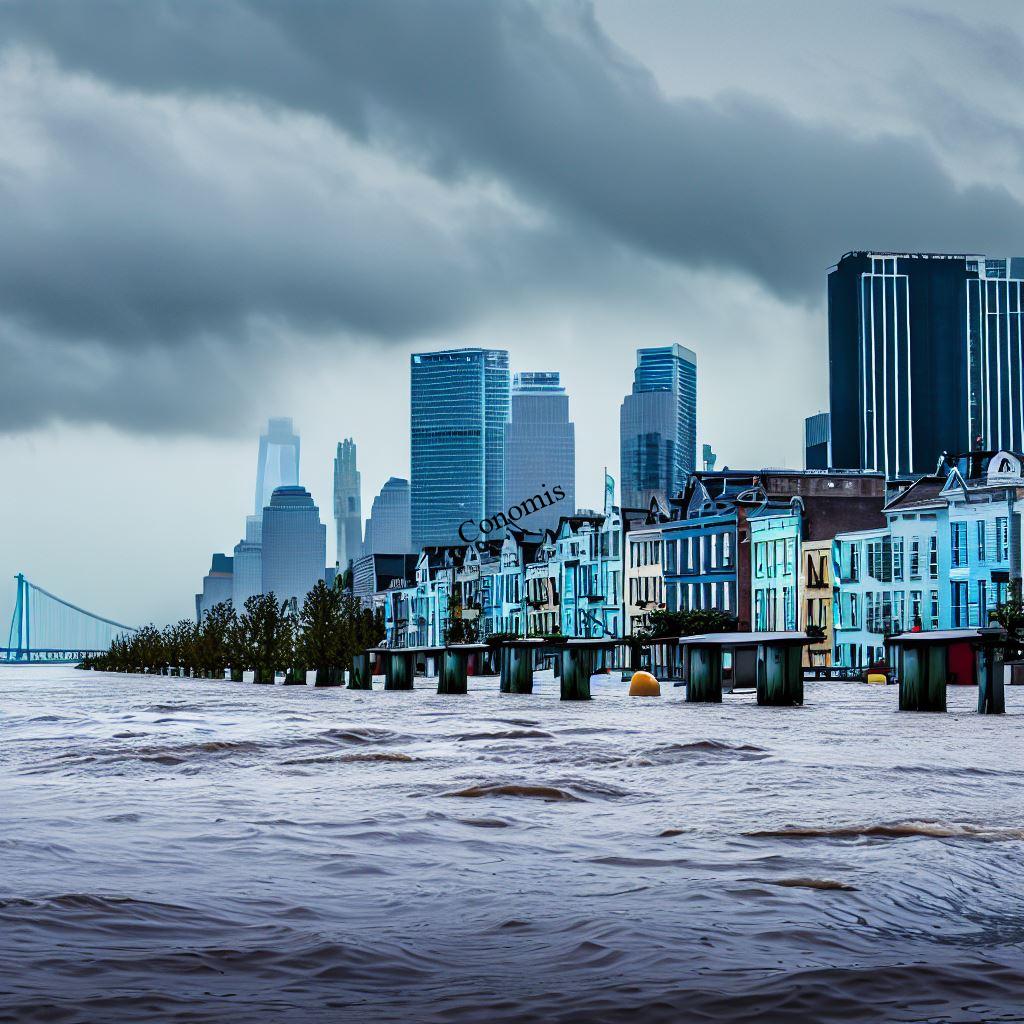
Elevating buildings is another strategy gaining prominence. By raising structures above anticipated flood levels, cities aim to safeguard their essential assets and communities from unpredictable inundations.
In essence, the challenge of sea-level rise is pushing the boundaries of architectural, engineering, and urban planning practices. The solutions, while diverse, converge on a singular goal: forging a future where communities can thrive despite the evolving threats of a changing climate.
Mangroves and Coastal Ecosystems
Nature, in its intricate wisdom, has crafted solutions to many of the challenges we face, and mangroves stand testament to this. These dense, verdant forests, straddling the line between land and sea, play a pivotal role in the defense against the encroaching tides. Beyond just being coastal greenery, mangroves serve as the planet’s frontline warriors in the battle against sea-level rise.
One of the remarkable attributes of mangroves is their ability to act as natural barriers. Their intricate root systems spread out like a web, holding the soil in place and significantly reducing shoreline erosion. As waves crash against these natural barriers, the energy gets dissipated, thereby protecting the hinterlands from potential devastation.

But the magic of mangroves doesn’t stop at mere physical protection. They are also ecological marvels, functioning as carbon sinks. By absorbing and storing vast amounts of carbon dioxide, they aid in combatting the very cause of global warming and, by extension, sea-level rise.
Emphasizing the preservation and replanting of mangroves is not just an environmental priority; it’s a strategy of resilience. By harnessing the power of these coastal ecosystems, we align ourselves with nature’s solutions, fortifying our defenses and fostering a harmonious coexistence with the seas.
Conclusion
Facing the stark prediction of a one-metre sea-level rise by the IPCC, we stand at a crucial juncture in the narrative of our planet’s future. This looming increase isn’t just a statistic; it’s a tangible harbinger of sweeping transformations, reshaping coastlines, redefining communities, and reframing how we interact with the world around us.
The challenges this presents are undeniable. Coastal habitats, bustling urban centers, and cherished ecosystems all face the profound implications of this upward shift in our oceans. But challenges, as history reminds us, also pave the way for innovation, resilience, and adaptation. Our collective response to this forecast becomes as defining as the prediction itself.
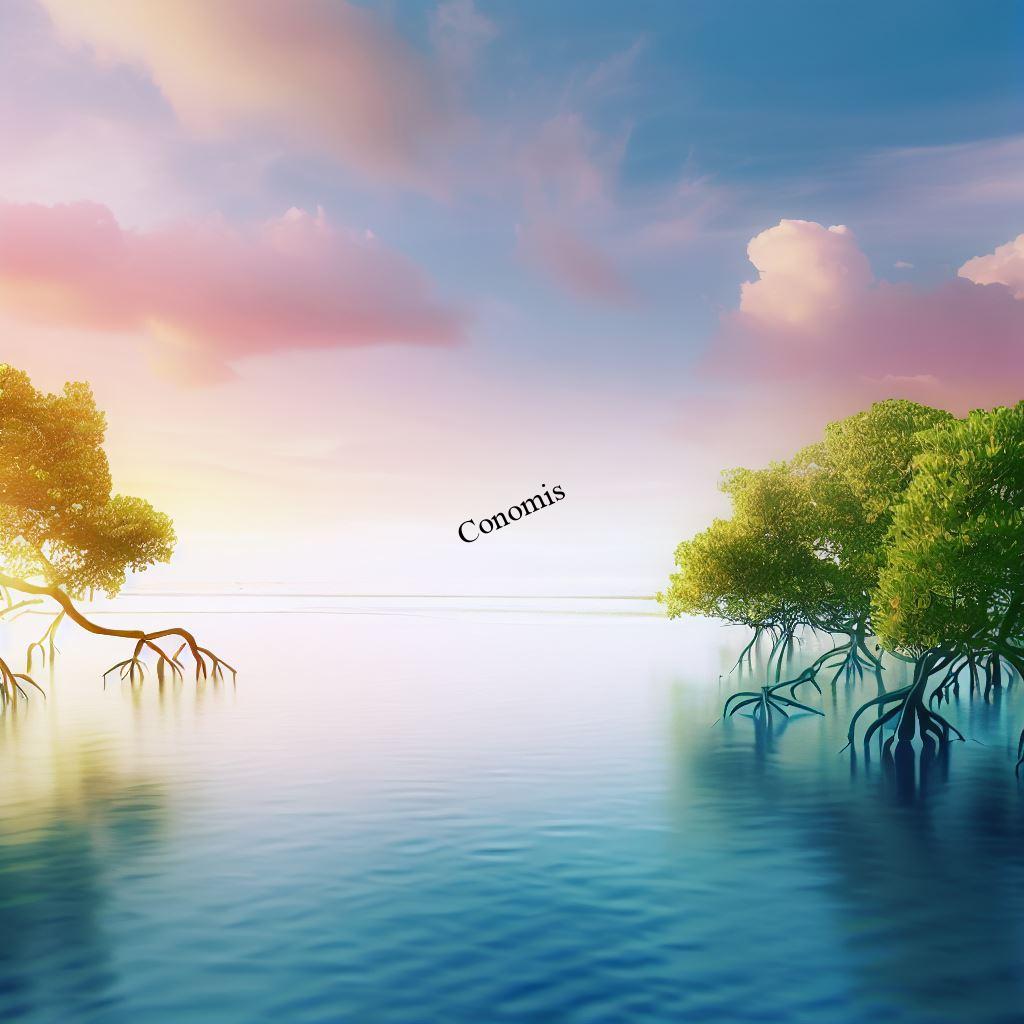
Harnessing a blend of technology, ecology, and community engagement, we have the tools at our disposal to not just confront but navigate this change. It demands global cooperation, bridging political divides and fostering collective responsibility. The silver lining amidst this foreboding forecast is the opportunity it presents: to come together, understand the nuances of our changing planet, and proactively mold a future where both nature and humanity coexist and flourish.
In essence, the rising seas may test our limits, but with unity, understanding, and foresight, humanity’s spirit remains unyielding, ready to adapt and prosper in the face of adversity.
FAQs
Why are melting glaciers a concern for sea-level rise?
Glaciers store vast amounts of freshwater. When they melt, this water flows into the ocean, contributing to sea level rise.
Which countries are most at risk from rising sea levels?
Low-lying nations like Maldives, Bangladesh, and certain Pacific Island nations face the highest risk.
What can ordinary people do to help combat sea-level rise?
Simple steps like reducing carbon footprints, supporting reforestation, and advocating for sustainable policies can make a difference.
Are rising sea levels reversible?
While we can mitigate the impacts, completely reversing the trend would require substantial global cooperation and time.
How accurate are the IPCC’s predictions?
While no prediction can be 100% accurate, the IPCC’s forecasts are based on extensive research and are considered highly reliable by the scientific community.
You Can Also Read

https://climate.nasa.gov/vital-signs/sea-level/
https://www.netflix.com/in/title/80230601
https://www.imdb.com/search/keyword/?keywords=sea-level-rise
Conomis Thoughts
![]() Copyright 2023 CONOMIS
Copyright 2023 CONOMIS
